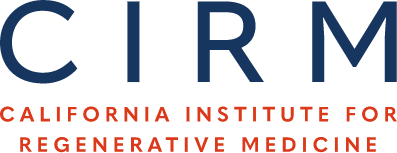Thin Film Encapsulation Devices for Human Stem Cell derived Insulin Producing Cells
Grant Award Details
Grant Type:
Grant Number:
DISC2-09559
Investigator(s):
Disease Focus:
Human Stem Cell Use:
Award Value:
$1,092,063
Status:
Closed
Progress Reports
Reporting Period:
Year 2
Grant Application Details
Application Title:
Thin Film Encapsulation Devices for Human Stem Cell derived Insulin Producing Cells
Public Abstract:
Research Objective
We propose to develop a macroencapsulation technology, based on flexible nanoporous thin films, to support the long term viability and function of human stem cell derived insulin producing cells.
Impact
Encapsulation devices that maintain function of stem cell derived islets can address challenges with current cell therapy for Type I Diabetics, including islet shortage and life-long immunosuppression
Major Proposed Activities
We propose to develop a macroencapsulation technology, based on flexible nanoporous thin films, to support the long term viability and function of human stem cell derived insulin producing cells.
Impact
Encapsulation devices that maintain function of stem cell derived islets can address challenges with current cell therapy for Type I Diabetics, including islet shortage and life-long immunosuppression
Major Proposed Activities
- Enhance beta cell survival by incorporating cell survival factors (e.g. amino acids) into the internal compartment of macroencapsulation device.
- Enhance immunomodulatory effects of the macroencapsulation device by incorporating controlled release of soluble anti-TNFa and IL-1Ra from the device.
- Determine differentiation and function of macroencapslated hESC-derived beta cells in vivo over 3 months.
- Evaluate biocompatibility of our immunomodulatory thin film macroencapsulation device by monitoring extent of fibrosis and vascularization in vivo.
- Examine immune activation by macroencapsulated hESC-derived beta cells in mice with normal immune system.
- Test in vivo functionality of devices with hESC-derived beta cells (Graft survival, blood glucose, and c-peptide production over 3-6 months).
Statement of Benefit to California:
Diabetes affects 2.3 million Californians with annual healthcare costs of more than $12 billion. An unlimited supply of insulin-producing cells may be produced from stem cells for treating diabetes, but the need for immunosuppression limits the use of this therapy. We will develop a macroencapsulation device that protects these cells from the immune system and enhances long term cell function. Success in this effort may alleviate diabetes-associated disease and financial burden in California.



